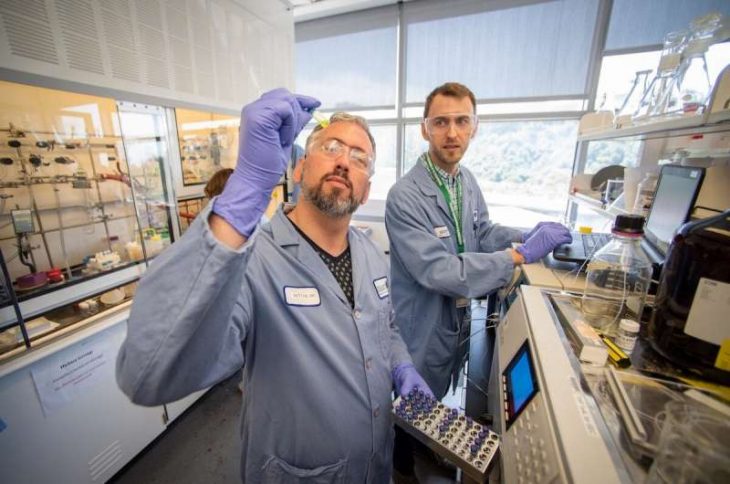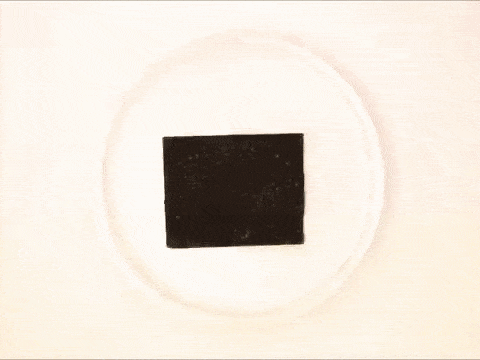Plastics are a part of nearly every product we use on a daily basis. The average person in the U.S. generates about 100 kg of plastic waste per year, most of which goes straight to a landfill. A team led by Corinne Scown, Brett Helms, Jay Keasling, and Kristin Persson at Lawrence Berkeley National Laboratory (Berkeley Lab) set out to change that.
Less than two years ago, Helms announced the invention of a new plastic that could tackle the waste crisis head on. Called poly(diketoenamine), or PDK, the material has all the convenient properties of traditional plastics while avoiding the environmental pitfalls, because unlike traditional plastics, PDKs can be recycled indefinitely with no loss in quality.
Now, the team has released a study that shows what can be accomplished if manufacturers began using PDKs on a large scale. The bottom line? PDK-based plastic could quickly become commercially competitive with conventional plastics, and the products will get less expensive and more sustainable as time goes on.
A GIF showing how PDK plastic readily breaks down when put in an acidic solution. The acid helps to break the bonds between the monomers and separate them from the chemical additives that give plastic its look and feel. Credit: Peter Christensen/ Berkeley Lab
To date, more than 8.3 billion metric tons of plastic material have been produced, and the vast majority of this has ended up in landfills or waste incineration plants. A small proportion of plastics are sent to be recycled “mechanically,” meaning they are melted down and then re-shaped into new products. However, this technique has limited benefit. Plastic resin itself is made of many identical molecules (called monomers) bound together into long chains (called polymers). Yet to give plastic its many textures, colors, and capabilities, additives like pigments, heat stabilizers, and flame retardants are added to the resin. When many plastics are melted down together, the polymers become mixed with a slew of potentially incompatible additives, resulting in a new material with much lower quality than newly produced virgin resin from raw materials. As such, less than 10% of plastic is mechanically recycled more than once, and recycled plastic usually also contains virgin resin to make up for the dip in quality.
PDK plastics sidestep this problem entirely—the resin polymers are engineered to easily break down into individual monomers when mixed with an acid. The monomers can then be separated from any additives and gathered to make new plastics without any loss of quality. The team’s earlier research shows that this “chemical recycling” process is light on energy and carbon dioxide emissions, and it can be repeated indefinitely, creating a completely circular material lifecycle where there is currently a one-way ticket to waste.
Thanks to optimization from process modeling, recycled PDKs are already drawing interest from companies needing to source plastic. Always looking to the future, Helms and his colleagues have been conducting market research and meeting with people from industry since the project’s early days. Their legwork shows that the best initial application for PDKs are markets where the manufacturer will receive their product back at the end of its lifespan, such as the automobile industry (through trade-ins and take-backs) and consumer electronics (through e-waste programs). These companies will then be able to reap the benefits of 100% recyclable PDKs in their product: sustainable branding and long-term savings.
“With PDKs, now people in industry have a choice,” said Helms. “We’re bringing in partners who are building circularity into their product lines and manufacturing capabilities, and giving them an option that is in line with future best practices.”
Source: The future looks bright for infinitely recyclable plastic (phys.org)
More information: Nemi Vora et al, Leveling the cost and carbon footprint of circular polymers that are chemically recycled to monomer, Science Advances (2021). DOI: 10.1126/sciadv.abf0187







